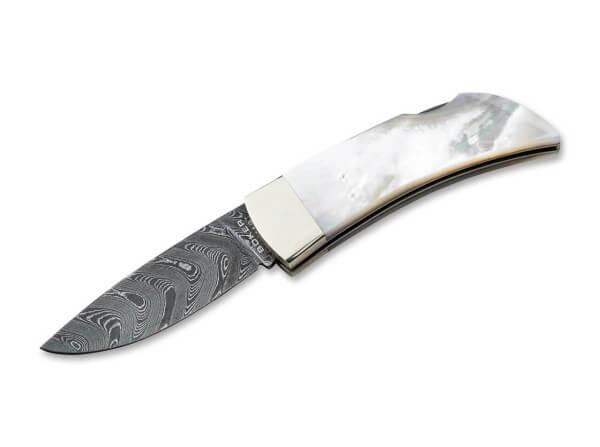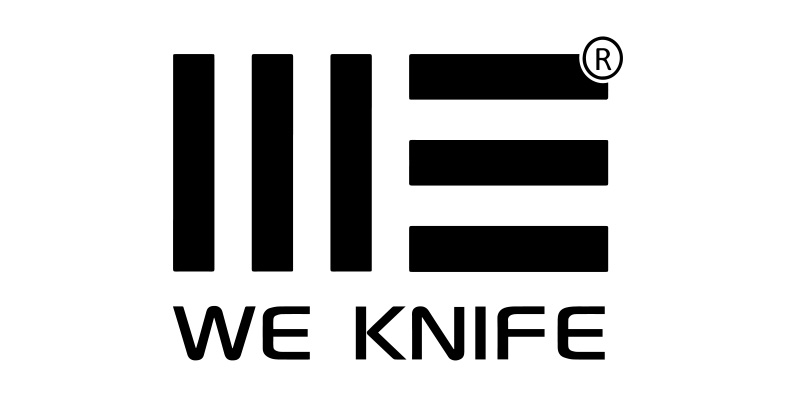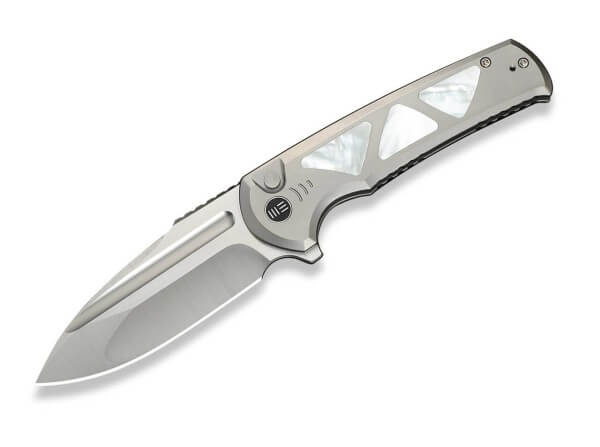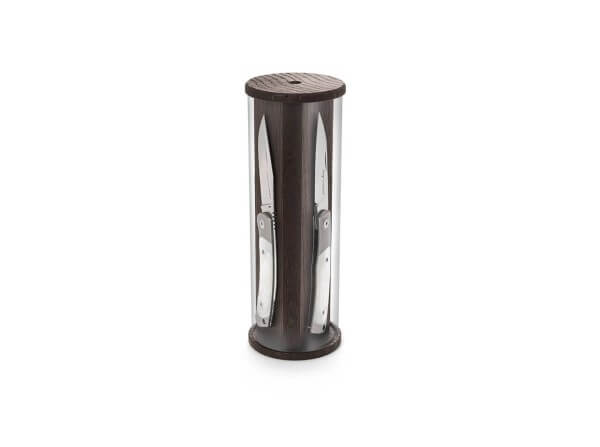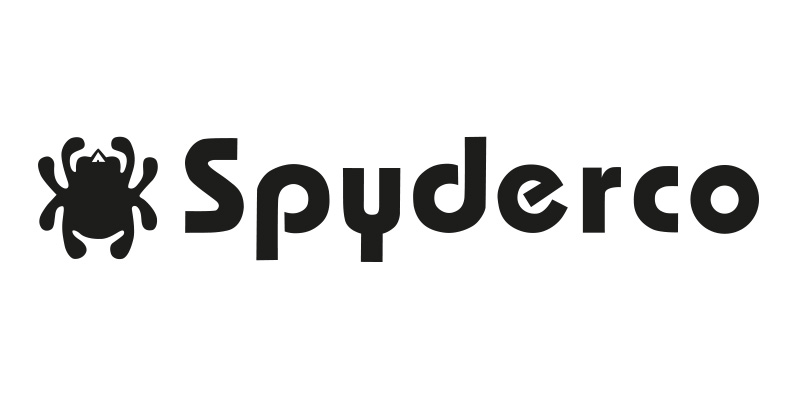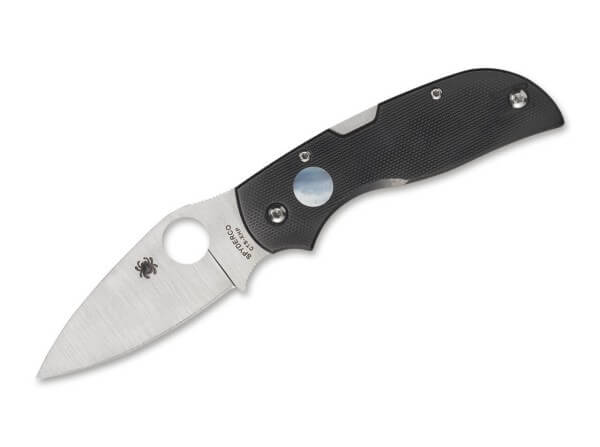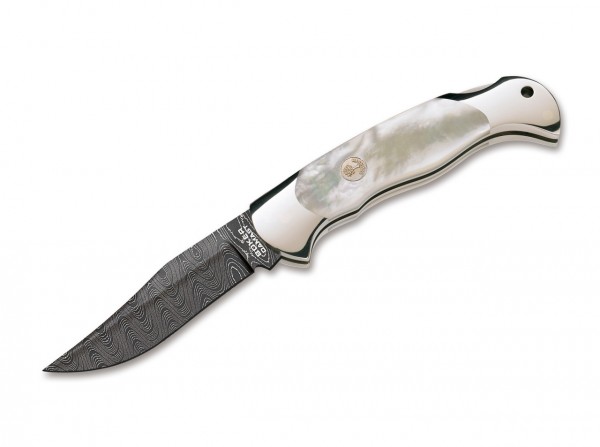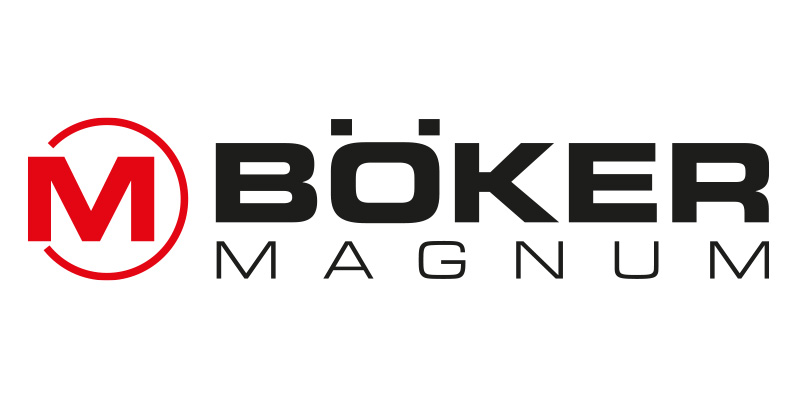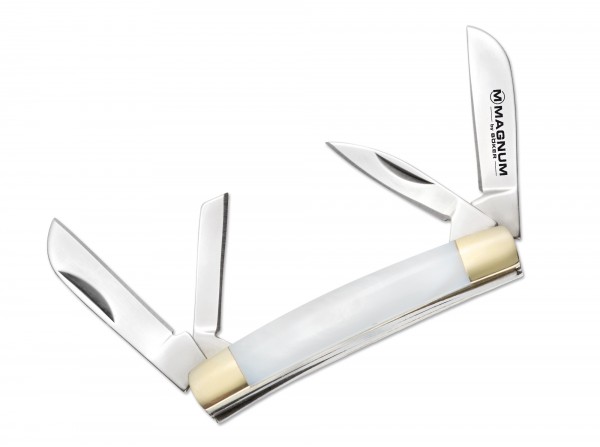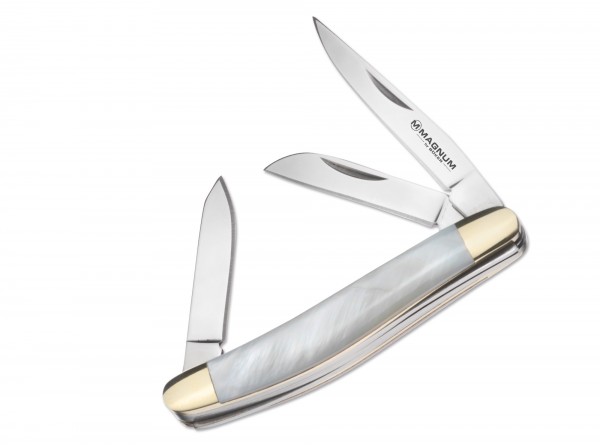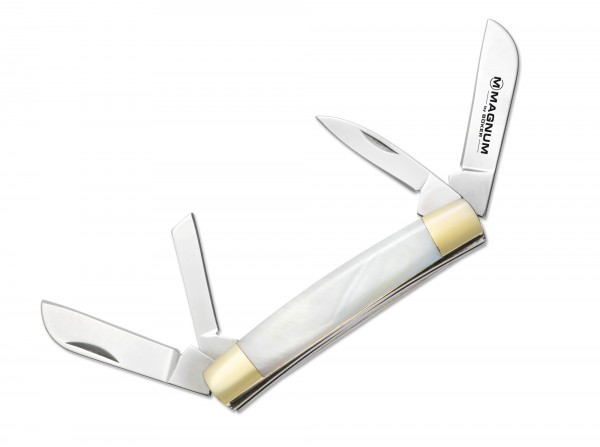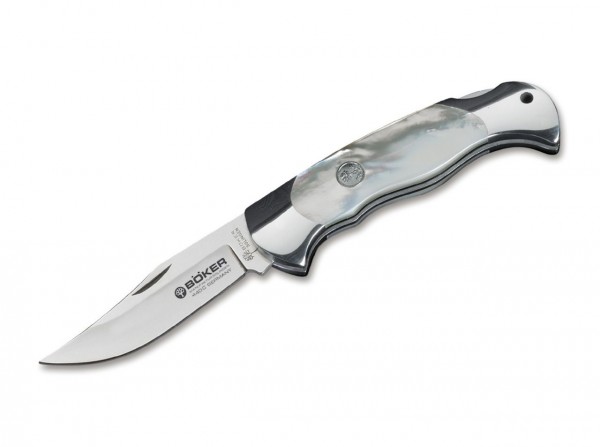Mother of Pearl
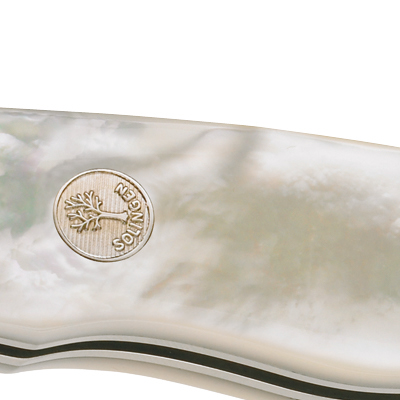
Mother-of-pearl (also known as nacre) is the hard and glossy inner coating of shells and snail shells. This material is used to make exclusive knife handle scales.
Conchifera such as bivalves and snails have a shell that includes an inside layer known as mother-of-pearl. It is a composite material consisting of calcium carbonate, a mineral, and organic material. Mother-of-pearl is about 95% calcium carbonate. Conchifera use mother-of-pearl as protection against their natural predators. The high calcium carbonate content makes it inedible for most predators of bivalves and snails. The mineral content of mother-of-pearl is arranged in tiny, almost exactly hexagonal plates. These plates have a diameter of approximately 5 to 15 µm (1 µm = 0.001 m) and a height of just 0.5 µm. The mineral plates cover the inside of the shell in slightly offset stacked layers. The gaps are filled with organic matter, which bonds the calcium carbonate hexagons into a strong cohesive material.
Mother-of-pearl possesses a multicolored shimmer, because it only transmits part of the white light, reflecting another part. Some of the incoming rays overlap of the reflected ones, canceling out part of the white light spectrum. Several different colors remain visible, changing with the viewing angle. The constant color changes give mother-of-pearl its iridescent look.
Due to its special optical properties, mother-of-pearl has always been used in jewelry, decorative buttons and cufflinks. But the material can also be found in objects for practical use, such as egg spoons (since mother-of-pearl has a neutral taste) or fishing lures (because its iridescence supposedly attracts fish). In addition, mother-of-pearl was used for fine veneers and precious inlays (so-called intarsia) in exclusive furniture and musical instruments. Moreover, mother-of-pearl makes very fine handle scales.


